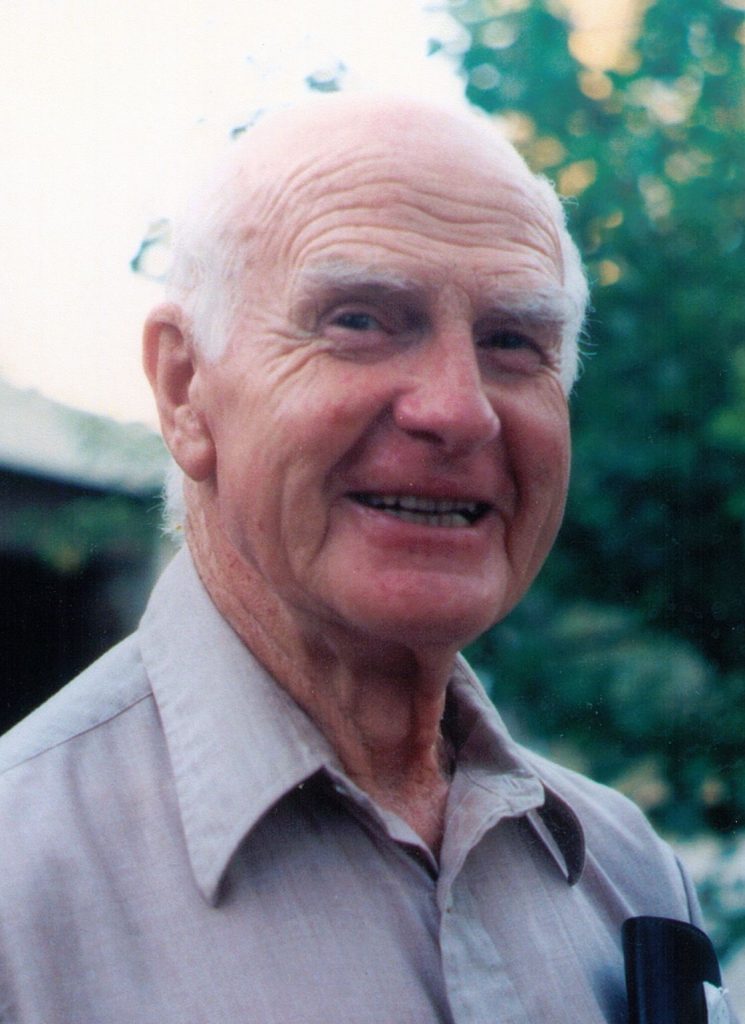Edward C. Creutz (1913-2009) was an American physicist who worked on the Manhattan Project at Los Alamos and at the University of Chicago Metallurgical Laboratory.
After receiving a Ph.D. from the University of Wisconsin at Madison, Creutz worked with Eugene Wigner at Princeton University. He assisted in the construction of Princeton’s cyclotron, and contributed to experiments on neutron bombardment and using graphite as a neutron moderator.
In 1942, Creutz joined the Manhattan Project at the University of Chicago Met Lab. He worked in the Theoretical Group under Wigner and was involved in the design of water-cooled production reactors. These designs were the basis for the production reactors at Hanford. Creutz later shared the patent for the design of the reactors.
Creutz moved to Los Alamos in 1944 and worked on testing the explosive lenses used in the plutonium bomb. Two days before the Trinity test, he oversaw a dummy test that initially indicated that the Trinity test might fail.
After the war, Creutz became a professor at the Carnegie Institute of Technology. In 1955, he evaluated Los Alamos’s thermonuclear program on behalf of the U.S. Atomic Energy Commission. He was a co-founder of General Atomics, and served as the firm’s Vice President for Research and Development. Creutz contributed to the development of TRIGA, a popular research reactor for laboratories and universities. He published more than 65 papers on topics including physics, metallurgy, and botany.





